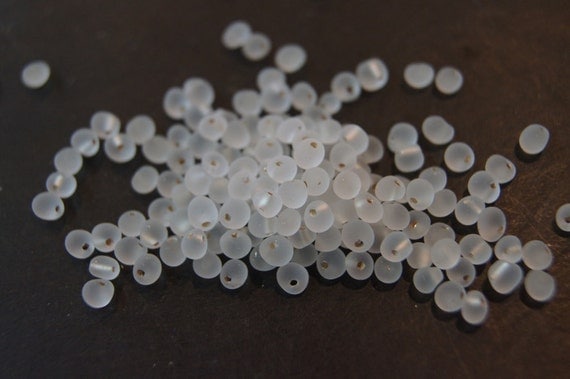Climate change.
The short version:
Ever since the industrial revolution, when humans began burning coal in higher quantities -to fuel the increasing demand for electricity in factories and the likes, as well as a cheap way to heat homes- carbon dioxide has been created in increasing quantities*.
Carbon Dioxide or CO2, is a harmless gas in small quantities, it is colourless, odourless, and all animals produce it as a waste product of life processes.
What's the big deal? You just said it's harmless, and don't plants recycle it to create oxygen?
I hear you say.
You are right, plants do use it to create oxygen through a process called photosynthesis** which we all know is crucial for human and animal survival (thank you plants).
however,
the big deal is the amount of carbon dioxide being produced, through the use of cars and unsustainable methods of electricity production as well as numerous other human activities and machines, has reached a level where plants are unable to recycle all of it.
So being a gas, the remaining CO2 skedaddles up into a thin layer of gasses called the atmosphere. The huge amounts of CO2 being produced then begins to thicken the atmosphere, causing radiation from the sun to be trapped within our atmosphere, instead of escaping or rebounding off.
Due to the effect of CO2 and other greenhouse gases, the earth's overall temperature is increasing.
This can be upsetting to lots of weather and climate patterns, causing them to change drastically in a relatively short space of time. Funnily enough, in some places the temperature has been getting cooler, as the weather patterns begin to change.
The Arctic and Antarctica are not.
I'm sure you're very familiar with the poster child of Climate Change.
Polar Bears directly rely on sea ice for hunting their prey, and as the earth warms up, the sea ice melts faster every year, giving the bears less time to hunt.
Meaning that the chance of a successful catch decreases.
As do the numbers of polar bears.
The maps here show the world as it is now, with only one difference: All the ice on land has melted and drained into the sea, raising it 216 feet (aprox 66 meters) and creating new shorelines for our continents and inland seas - exert from National Geographic.


I know that if these state of events continues, my house would be completely underwater.
A bit overwhelming isn't it?
It would be if you tried to tackle this immense problem all in one go by yourself.
Luckily there are so many other passionate, conscientious people also making a difference.
Environmentalists, anthropologists, biologists, chemists, physicists, teachers, parents, children, students, scientists are all working together on this problem.
But like the the problem, no solution is isolated.
We are going to need all the help we can get.
The first thing we can do is to stop relying so heavily on fossil fuels and to start using our feet, bicycles or public transport. You could make that decision right now.
We can increase public awareness by holding conventions and seminars, even just by sharing this blog, or by talking about this stuff in everyday conversation.
We can plant trees to reduce our carbon footprint.
In short, there is a lot
we can do.
The question is will you?
Thanks for reading,
Grace.
P.S Next week I will be doing a much, much lighter post.
WARNING! WARNING! SCIENCE!
*This is because of combustion. Combustion is the burning of a fuel to produce energy and light. Carbon dioxide and water are always products of combustion. The way coal plants work is that the heat from burning fossil fuels was used to evaporate water. The steam would then turn turbines producing energy.
** Ahh, my old friend photosynthesis. Photosynthesis is the conversion of carbon dioxide and water, catalysed by light, into glucose (plant food) and oxygen.
The chemical equation reads as such:
6CO2 + 6H2O ------> C6H12O6 + 6O2
Polar bear photo: http://static1.squarespace.com/static/521b849de4b08ade07855358/528540e1e4b071ac95238446/5285412ae4b0f9a473d73ee6/1426088977717/PAUL-NICKLEN-BEAR-BOOK-007.JPG










 (http://www.aphotomarine.com/images/strandline/plastic_nurdles_mermaids_tears_06-08-13_2.jpg)
(http://www.aphotomarine.com/images/strandline/plastic_nurdles_mermaids_tears_06-08-13_2.jpg) https://img1.etsystatic.com/000/0/5448784/il_570xN.320595577.jpg
https://img1.etsystatic.com/000/0/5448784/il_570xN.320595577.jpg Disclaimer: Mermaid's Tears are not made by mermaids, but by the human race. It is unfair that we blame the pollution of the ocean on mermaids.
Disclaimer: Mermaid's Tears are not made by mermaids, but by the human race. It is unfair that we blame the pollution of the ocean on mermaids.